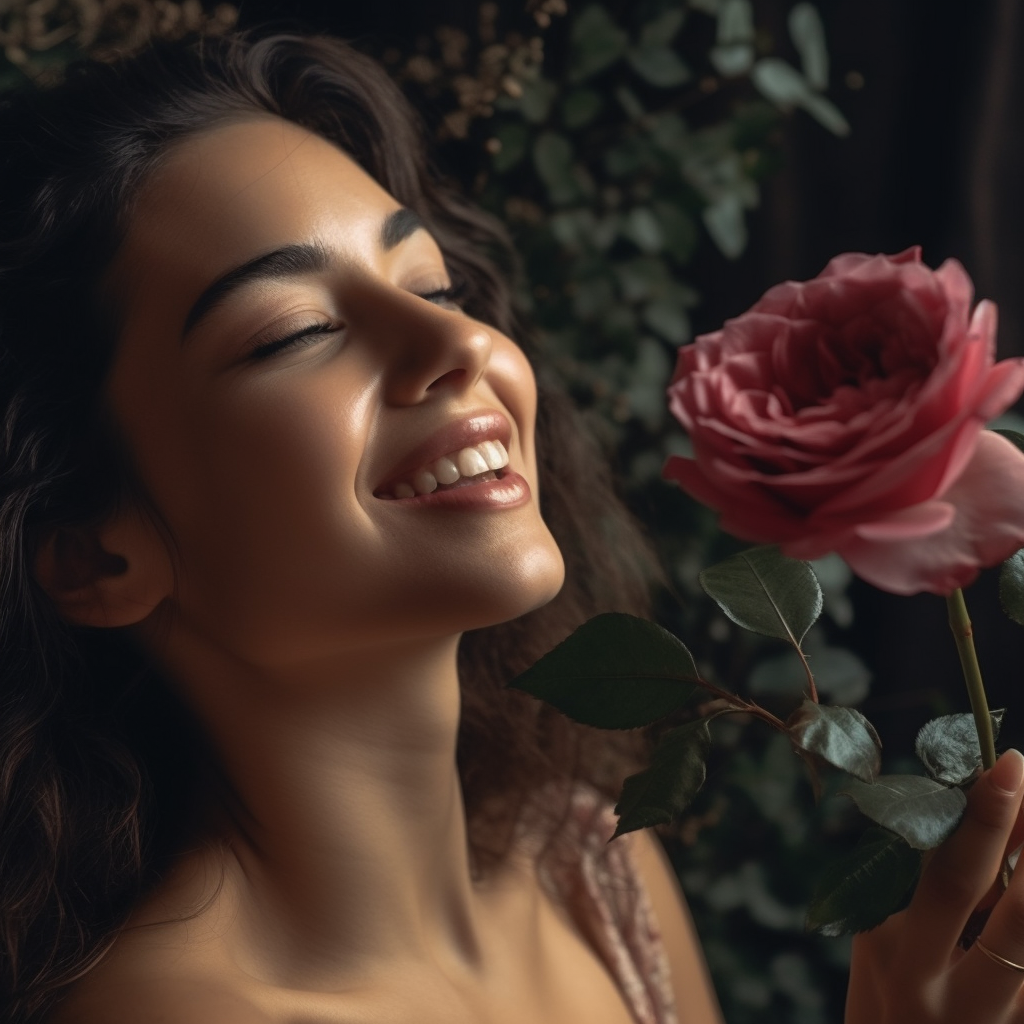Spreading Aroma To All Over The UAE

22
Jun
Flowers have been quintessential symbols of romance for as long as human civilizations have existed. The elegant beauty and intoxicating aroma of these natural wonders make them ideal symbols of love and affection. But the role of flowers in romance isn't just based on their physical appeal; science has begun to unravel the intricate psychological, evolutionary, and sociocultural dynamics behind this enduring association. Let's delve deeper into these fascinating concepts to understand why flowers play such an essential role in romance.
The vibrant hues of flowers are more than just aesthetically pleasing. From an evolutionary biology perspective, colors can influence human attraction. In a study conducted in 2010 and published in the *Journal of Experimental Psychology*, researchers found that the color red made men more attractive and sexually desirable to women. This phenomenon, known as the 'red effect,' can be traced back to our primal ancestors, where vibrant hues were seen as indicators of health and virility. The vivacious red of roses, geraniums, or carnations could subconsciously be enhancing feelings of attraction when given as a gift.
Equally crucial to color is the scent that flowers emit. A whole field of study, known as olfactory communication, deals with how smell influences human behavior and emotions. A report in the *Hormones and Behavior* journal explored how scent can play a vital role in mate selection. The enticing fragrances of certain flowers like jasmine or lilies can potentially stimulate the olfactory system, thereby acting as a subtle cue that amplifies romantic feelings and creates a sensual atmosphere.
The relationship between flowers and our psychological well-being is profound. Psychologist Jeannette Haviland-Jones, director of the Human Emotions Lab at Rutgers University, has conducted extensive research on how flowers affect mood and emotional health.
One of her studies found that upon receiving flowers, all participants responded with what is known as the Duchenne smile – a genuine expression of happiness that involves the movement of facial muscles both around the mouth and eyes. This kind of smile, involuntary and reflexive, shows that the pleasure derived from receiving flowers is real and powerful.
In another study, Haviland-Jones and her team found that flowers have long-lasting positive effects on mood. Participants who received flowers reported feeling less depressed, anxious and agitated over time. They also experienced higher feelings of life satisfaction and enjoyment. These emotions play a crucial role in romance as they help to create a more positive and intimate environment between partners.

While biology and psychology provide fascinating insights into the importance of flowers in romance, the sociocultural aspect is equally crucial. The 'language of flowers,' or floriography, has deep historical roots. In Victorian times, different flowers and their colors were used to express specific feelings or messages, particularly those that Victorian society deemed inappropriate to express openly.
Roses, undoubtedly the most iconic flowers in the realm of romance, have a rich palette of meanings. A red rose symbolizes love and passion, a white rose signifies purity and innocence, and a yellow rose represents friendship. By choosing specific flowers and colors, individuals can communicate complex emotions in a nuanced and potent way, often more impactful than words.
Finally, the act of giving flowers not only influences the receiver's emotions but also shapes how the giver is perceived. In a 2011 study published in the *Social Influence* journal, researchers found that men who gave flowers were seen as successful, capable individuals showing high levels of emotional intelligence. In the context of romantic relationships, these perceived traits can heighten a person's attractiveness and help establish a deeper emotional bond.
Flowers are deeply interwoven into the human experience of romance, spanning our biological instincts, psychological responses, and social behaviors. From influencing our sensory perceptions to shaping our emotions and societal interpretations, flowers play an intricate role in the expression and experience of love.
The body of scientific research available today offers a fascinating perspective on this timeless practice, showing us that the simple act of gifting flowers is, in fact, a complex and beautifully human way of expressing our deepest romantic emotions. Understanding these dynamics can not only enhance our appreciation for this tradition but also offers us a richer understanding of our romantic instincts and behaviors.